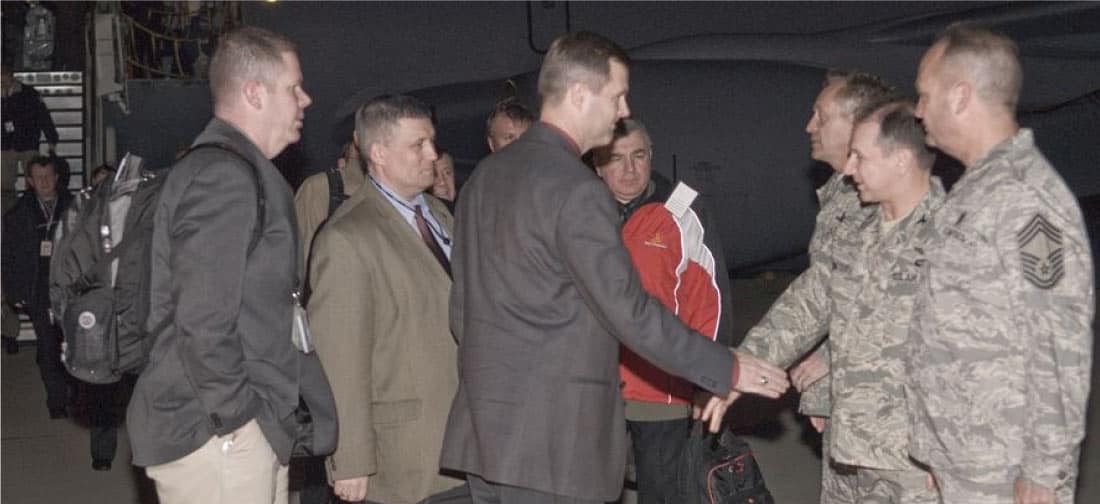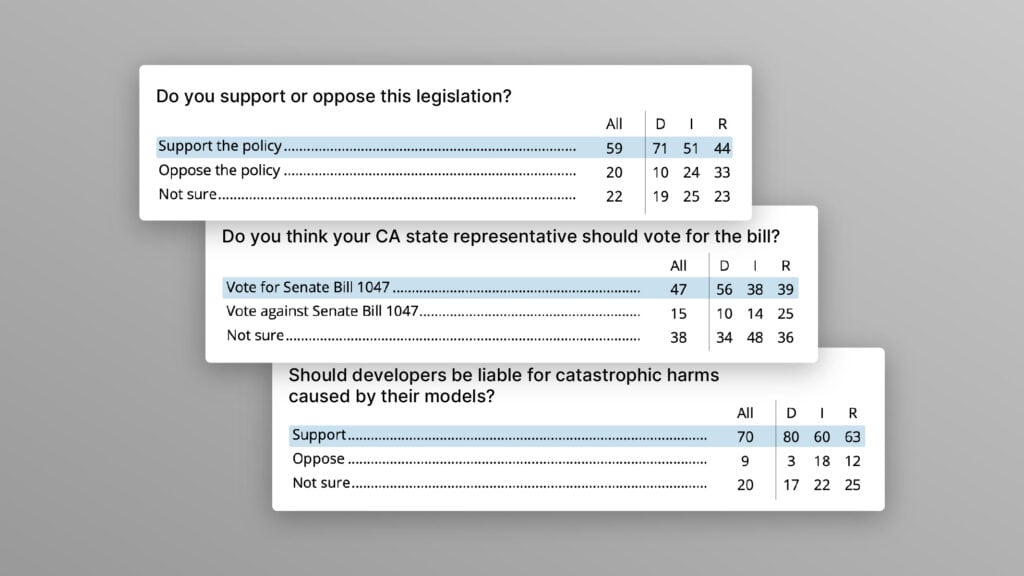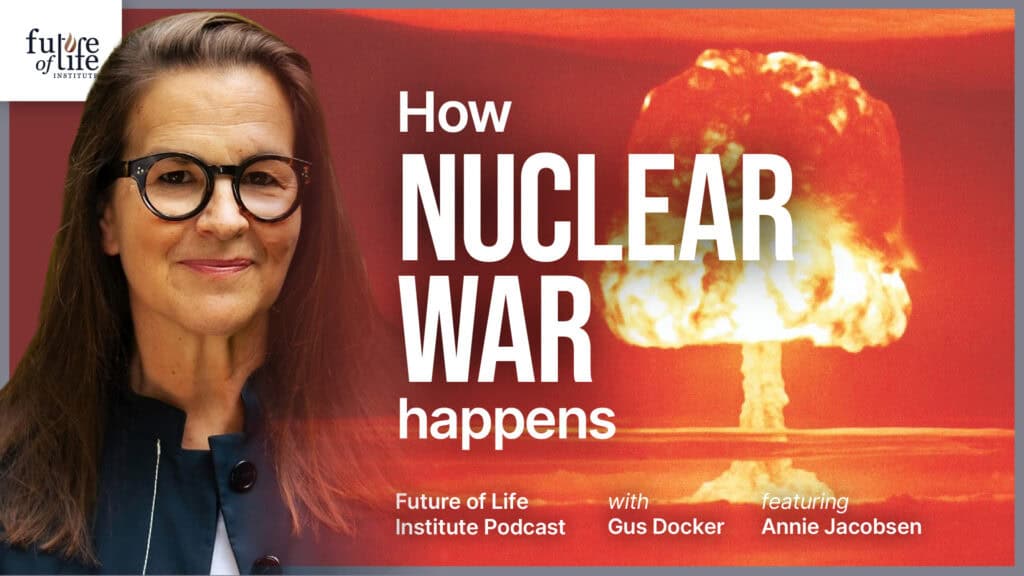START from the Beginning: 25 Years of US-Russian Nuclear Weapons Reductions

Contents
By Eryn MacDonald and originally posted at the Union of Concerned Scientists.
For the past 25 years, a series of treaties have allowed the US and Russia to greatly reduce their nuclear arsenals—from well over 10,000 each to fewer than 2,000 deployed long-range weapons each. These Strategic Arms Reduction Treaties (START) have enhanced US security by reducing the nuclear threat, providing valuable information about Russia’s nuclear arsenal, and improving predictability and stability in the US-Russia strategic relationship.
Twenty-five years ago, US policy-makers of both parties recognized the benefits of the first START agreement: on October 1, 1992, the Senate voted overwhelmingly—93 to 6—in favor of ratifying START I.
The end of START?
With increased tensions between the US and Russia and an expanded range of security threats for the US to worry about, this longstanding foundation is now more valuable than ever.
The most recent agreement—New START—will expire in early February 2021, but can be extended for another five years if the US and Russian presidents agree to do so. In a January 28 phone call with President Trump, Russian President Putin reportedly raised the possibility of extending the treaty. But instead of being extended, or even maintained, the START framework is now in danger of being abandoned.
President Trump has called New START “one-sided” and “a bad deal,” and has even suggested the US might withdraw from the treaty. His advisors are clearly opposed to doing so. Secretary of State Rex Tillerson expressed support for New START in his confirmation hearing. Secretary of Defense James Mattis, while recently stating that the administration is currently reviewing the treaty “to determine whether it’s a good idea,” has previously also expressed support, as have the head of US Strategic Command and other military officials.
Withdrawal seems unlikely, especially given recent anonymous comments by administration officials saying that the US still sees value in New START and is not looking to discard it. But given the president’s attitude toward the treaty, it may still take some serious pushing from Mattis and other military officials to convince him to extend it. Worse, even if Trump is not re-elected, and the incoming president is more supportive of the treaty, there will be little time for a new administration, taking office in late January 2021, to do an assessment and sign on to an extension before the deadline. While UCS and other treaty supporters will urge the incoming administration to act quickly, if the Trump administration does not extend the treaty, it is quite possible that New START—and the security benefits it provides—will lapse.
The Beginning: The Basics and Benefits of START I
The overwhelming bipartisan support for a treaty cutting US nuclear weapons demonstrated by the START I ratification vote today seems unbelievable. At the time, however, both Democrats and Republicans in Congress, as well as the first President Bush, recognized the importance of the historic agreement, the first to require an actual reduction, rather than simply a limitation, in the number of US and Russian strategic nuclear weapons.
By the end of the Cold War, the US had about 23,000 nuclear warheads in its arsenal, and the Soviet Union had roughly 40,000. These numbers included about 12,000 US and 11,000 Soviet deployed strategic warheads—those mounted on long-range missiles and bombers. The treaty limited each country to 1,600 strategic missiles and bombers and 6,000 warheads, and established procedures for verifying these limits.
The limits on missiles and bombers, in addition to limits on the warheads themselves, were significant because START required the verifiable destruction of any excess delivery vehicles, which gave each side confidence that the reductions could not be quickly or easily reversed. To do this, the treaty established a robust verification regime with an unprecedented level of intrusiveness, including on-site inspections and exchanges of data about missile telemetry.
Though the groundwork for START I was laid during the Reagan administration, ratification and implementation took place during the first President Bush’s term. The treaty was one among several measures taken by the elder Bush that reduced the US nuclear stockpile by nearly 50 percent during his time in office.
START I entered into force in 1994 and had a 15-year lifetime; it required the US and Russia to complete reductions by 2001, and maintain those reductions until 2009. However, both countries actually continued reductions after reaching the START I limits. By the end of the Bush I administration, the US had already reduced its arsenal to just over 7,000 deployed strategic warheads. By the time the treaty expired, this number had fallen to roughly 3,900.
The Legacy of START I
Building on the success of START I, the US and Russia negotiated a follow-on treaty—START II—that required further cuts in deployed strategic weapons. These reductions were to be carried out in two steps, but when fully implemented would limit each country to 3,500 deployed strategic warheads, with no more than 1,750 of these on submarine-launched ballistic missiles.
Phase II also required the complete elimination of independently targetable re-entry vehicles (MIRVs) on intercontinental ballistic missiles. This marked a major step forward, because MIRVs were a particularly destabilizing configuration. Since just one incoming warhead could destroy all the warheads on a MIRVed land-based missile, MIRVs create pressure to “use them or lose them”—an incentive to strike first in a crisis. Otherwise, a country risked losing its ability to use those missiles to retaliate in the case of a first strike against it.
While both sides ratified START II, it was a long and contentious process, and entry into force was complicated by provisions attached by both the US Senate and Russian Duma. The US withdrawal from the Anti-Ballistic Missile (ABM) treaty in 2002 was the kiss of death for START II. The ABM treaty had strictly limited missile defenses. Removing this limit created a situation in which either side might feel it had to deploy more and more weapons to be sure it could overcome the other’s defense. But the George W. Bush administration was now committed to building a larger-scale defense, regardless of Russia’s vocal opposition and clear statements that doing so would undermine arms control progress.
Russia responded by announcing its withdrawal from START II, finally ending efforts to bring the treaty into force. A proposed START III treaty, which would have called for further reductions to 2,000 to 2,500 warheads on each side, never materialized; negotiations had been planned to begin after entry into force of START II.
After the failure of START II, the US and Russia negotiated the Strategic Offensive Reductions Treaty (SORT, often called the “Moscow Treaty”). SORT required each party to reduce to 1,700 to 2,200 deployed strategic warheads, but was a much less formal treaty than START. It did not include the same kind of extensive verification regime and, in fact, did not even define what was considered a “strategic warhead,” instead leaving each party to decide for itself what it would count. This meant that although SORT did encourage further progress to lower numbers of weapons, overall it did not provide the same kind of benefits for the US as START had.
New START
Recognizing the deficiencies of the minimal SORT agreement, the Obama administration made negotiation of New START an early priority, and the treaty was ratified in 2010.
New START limits each party to 1,550 deployed strategic nuclear warheads by February 2018. The treaty also limits the number of deployed intercontinental ballistic missiles, submarine-launched ballistic missiles, and long-range bombers equipped to carry nuclear weapons to no more than 700 on each side. Altogether, no more than 800 deployed and non-deployed missiles and bombers are allowed for each side.
In reality, each country will deploy somewhat more than 1,550 warheads—probably around 1,800 each—because of a change in the way New START counts warheads carried by long-range bombers. START I assigned a number of warheads to each bomber based on its capabilities. New START simply counts each long-range bomber as a single warhead, regardless of the actual number it does or could carry. The less stringent limits on bombers are possible because bombers are considered less destabilizing than missiles. The bombers’ detectability and long flight times—measured in hours vs. the roughly thirty minutes it takes for a missile to fly between the United States and Russia—mean that neither side is likely to use them to launch a first strike.
Both the United States and Russia have been moving toward compliance with the New START limits, and as of July 1, 2017—when the most recent official exchange of data took place—both are under the limit for deployed strategic delivery vehicles and close to meeting the limit for deployed and non-deployed strategic delivery vehicles. The data show that the United States is currently slightly under the limit for deployed strategic warheads, at 1,411, while Russia, with 1,765, still has some cuts to make to reach this limit.
Even in the increasingly partisan atmosphere of the 2000s, New START gained support from a wide range of senators, as well as military leaders and national security experts. The treaty passed in the Senate with a vote of 71 to 26; thirteen Republicans joined all Democratic senators in voting in favor. While this is significantly closer than the START I vote, as then-Senator John F. Kerry noted at the time, “in today’s Senate, 70 votes is yesterday’s 95.”
And the treaty continues to have strong support—including from Air Force General John Hyten, commander of US Strategic Command, which is responsible for all US nuclear forces. In Congressional testimony earlier this year, Hyten called himself “a big supporter” of New START and said that “when it comes to nuclear weapons and nuclear capabilities, that bilateral, verifiable arms control agreements are essential to our ability to provide an effective deterrent.” Another Air Force general, Paul Selva, vice chair of the Joint Chiefs of Staff, agreed, saying in the same hearing that when New START was ratified in 2010, “the Joint Chiefs reviewed the components of the treaty—and endorsed it. It is a bilateral, verifiable agreement that gives us some degree of predictability on what our potential adversaries look like.”
The military understands the benefits of New START. That President Trump has the power to withdraw from the treaty despite support from those who are most directly affected by it is, as he would say, “SAD.”
That the US president fails to understand the value of US-Russian nuclear weapon treaties that have helped to maintain stability for more than two decades is a travesty.
About the Future of Life Institute
The Future of Life Institute (FLI) is a global think tank with a team of 20+ full-time staff operating across the US and Europe. FLI has been working to steer the development of transformative technologies towards benefitting life and away from extreme large-scale risks since its founding in 2014. Find out more about our mission or explore our work.
Related content
Other posts about Nuclear, Recent News

The U.S. Public Wants Regulation (or Prohibition) of Expert‑Level and Superhuman AI

Poll Shows Broad Popularity of CA SB1047 to Regulate AI


